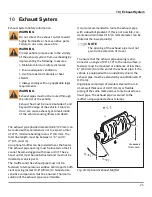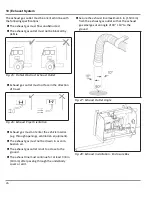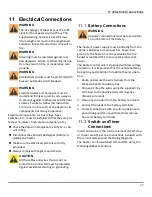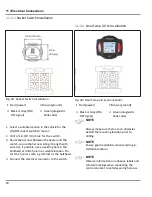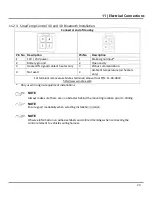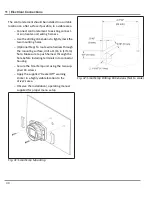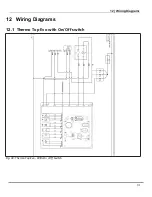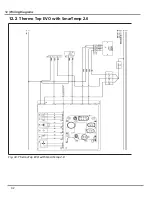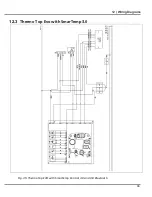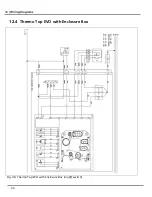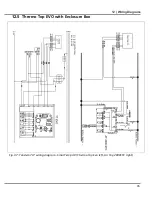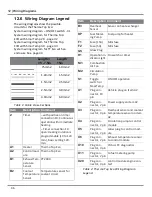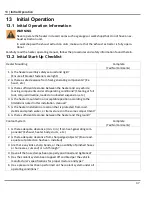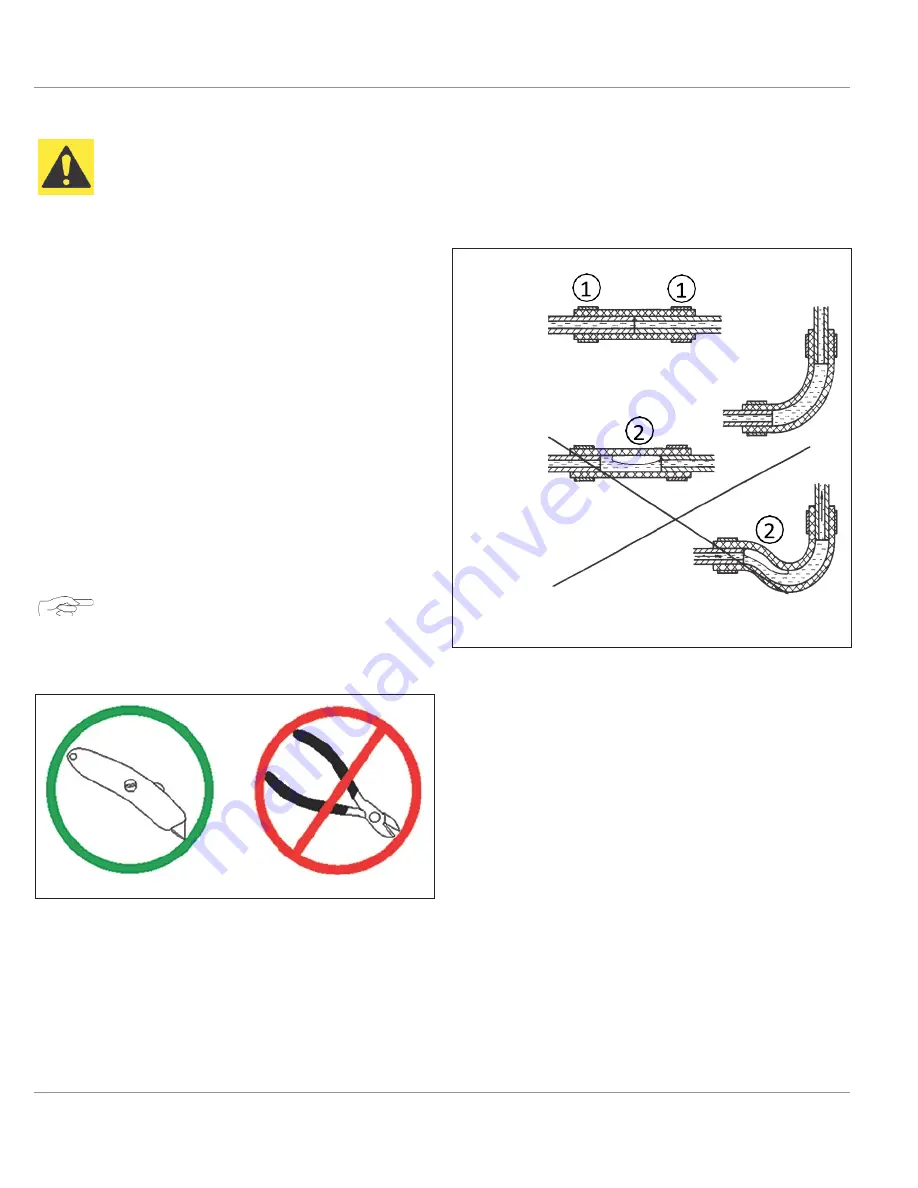
8 | Fuel Supply
22
8.4
Fuel Lines
CAUTION
Do not use biodiesel with copper fuel lines.
Failure to follow this instruction will result
in damage to the heater and fuel system.
Since the lines normally cannot be routed with a
constant rising gradient, the internal diameter must
not be allowed to exceed a specific size. Air or gas
bubbles will accumulate in lines with an internal dia-
meter that is larger than is provided. These will cause
malfunctions while the heater is operating if the lines
sag or are routed downwards. The lines should not
be routed downwards from the metering pump to
the heater.
Unsupported fuel lines must be secured to prevent
them from sagging. The fuel line must be installed in
such a way that it cannot be damaged by flying road
debris and high temperatures, i.e. close to the ex-
haust line. The fuel line must be secure at the con-
nections using hose clamps to prevent slipping.
NOTE
Always cut fuel lines in such a way that you
won’t cause burrs. Be sure to check for,
and remove burrs after each fuel line cut.
The correct procedure for connecting fuel lines is
shown below. Ensure that there are no leaks. The
line must be routed to be protected against damage
(e.g. stone impact). The fuel line must be routed in
cool areas to prevent the formation of bubbles due
to heat sources.
Only steel, copper and plastic lines made of plasti-
cized, light and temperature-stabilized PA 11 or PA
12 (e.g. Mecanyl RWTL) may be used for the fuel
lines.
The lines should not be routed downwards from the
fuel metering pump to the heater. Fuel lines must be
secured to prevent them from sagging.
Fig. 20: Fuel Line to Coupler Hose Location
1 Clamp
2 Bubble
Summary of Contents for thermo top evo
Page 46: ...15 NOTES NOTES ...
Page 47: ......


















